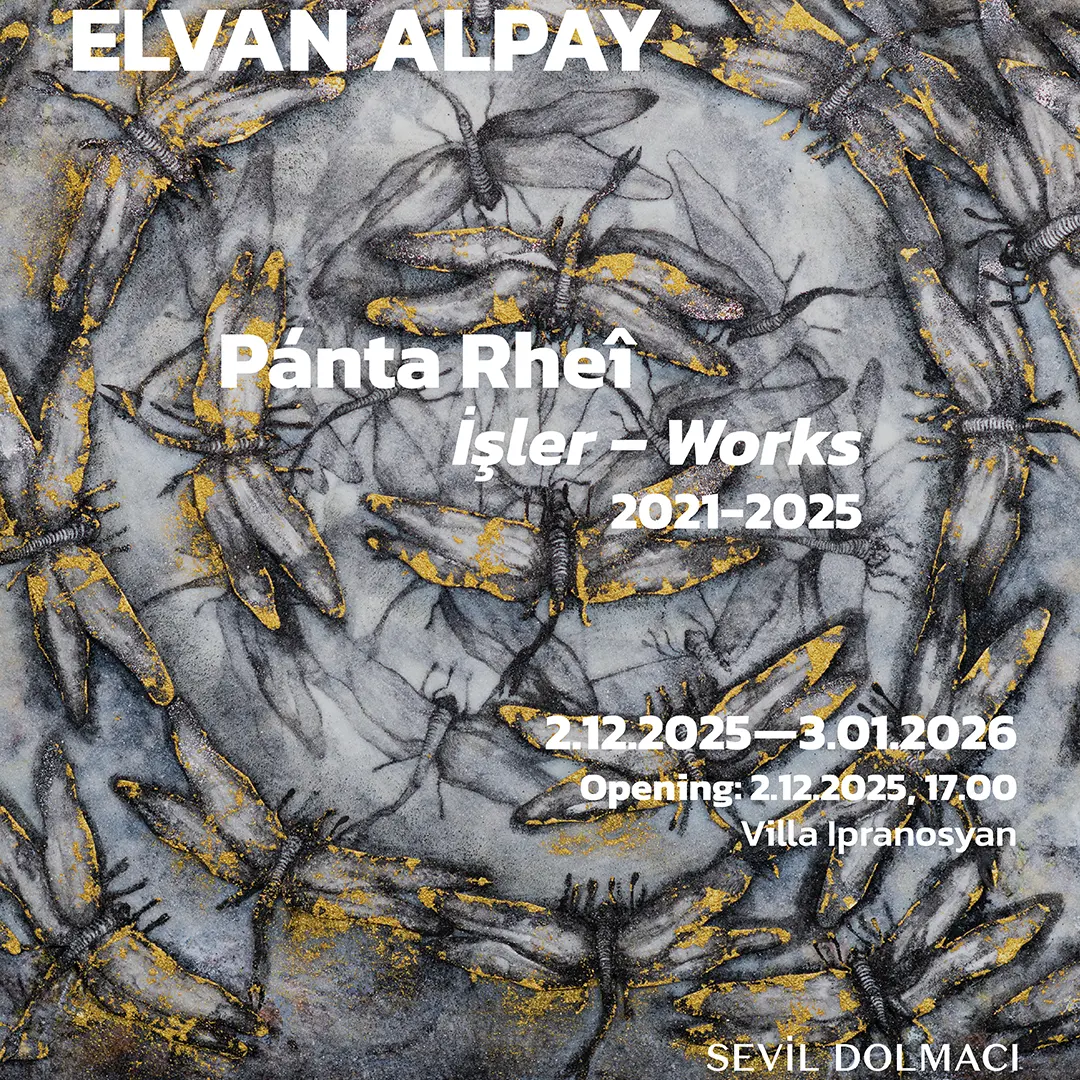Daniel Knorr is a contemporary Romanian artist known for his provocative and conceptually driven works. His work deals with political, theoretical and social issues in depth. Born in Bucharest in 1968, Knorr fled Romania with his family at the age of 14 and settled in Germany. He studied at the Academy of Fine Arts in Munich as a student of Daniel Spoerri. In the 1990s, he moved to Berlin, where he developed his distinctive artistic style centered around socio-political, economic and biopolitical themes. Knorr's art is often shaped by unconventional and controversial materials: cocaine, asphalt pit molds and smoke, to name just a few. His work explores themes of representation, absence and the symbolic world of the imagination. Her 2012 work Smoking in the Museum questions global health policies through the cultural tension between smokers and non-smokers. The artist defines this work as a material representation of contemporary biopolitics; the state's control over the public sphere...
Daniel Knorr is a contemporary Romanian artist known for his provocative and conceptually driven works that explore complex political, theoretical, and social issues. Born in Bucharest in 1968, Knorr fled Romania with his family at the age of 14, eventually settling in Germany. He later studied at the Academy of Fine Arts in Munich under the guidance of renowned artist Daniel Spoerri. In the 1990s, Knorr moved to Berlin, where he developed his distinctive artistic voice—one deeply engaged with sociopolitical, economic, and biopolitical concerns.
Knorr frequently employs unconventional and controversial materials in his practice, including cocaine, pothole casts, and smoke. His art delves into themes of representation, absence, and the symbolic world of fantasy, often sparking critical debate. One of his notable works, Smoking in the Museum (2012), addressed global health care discourse and the tension between smokers and non-smokers. Knorr described the piece as a material embodiment of contemporary bio-politics, demonstrating how state power manifests through public health narratives and cultural control. Similarly, Expiration Movement (2017), presented at documenta 14 in Kassel and Athens, released white smoke from the Zwehrenturm for 10 hours daily over 163 days, creating a haunting, ephemeral symbol of state presence and erasure. Earlier, his European Influenza (2005 Venice Biennale) challenged European identity and nationalism, stirring widespread debate.
Knorr's art has been showcased in major international institutions, including the Migros Museum in Zurich, the Stasi Museum in Leipzig, and the Pinakothek der Moderne in Munich. His works continue to make a statement on global issues, inviting audiences to reflect on the intersections of politics, identity, and the role of art in provoking change and discussion.








